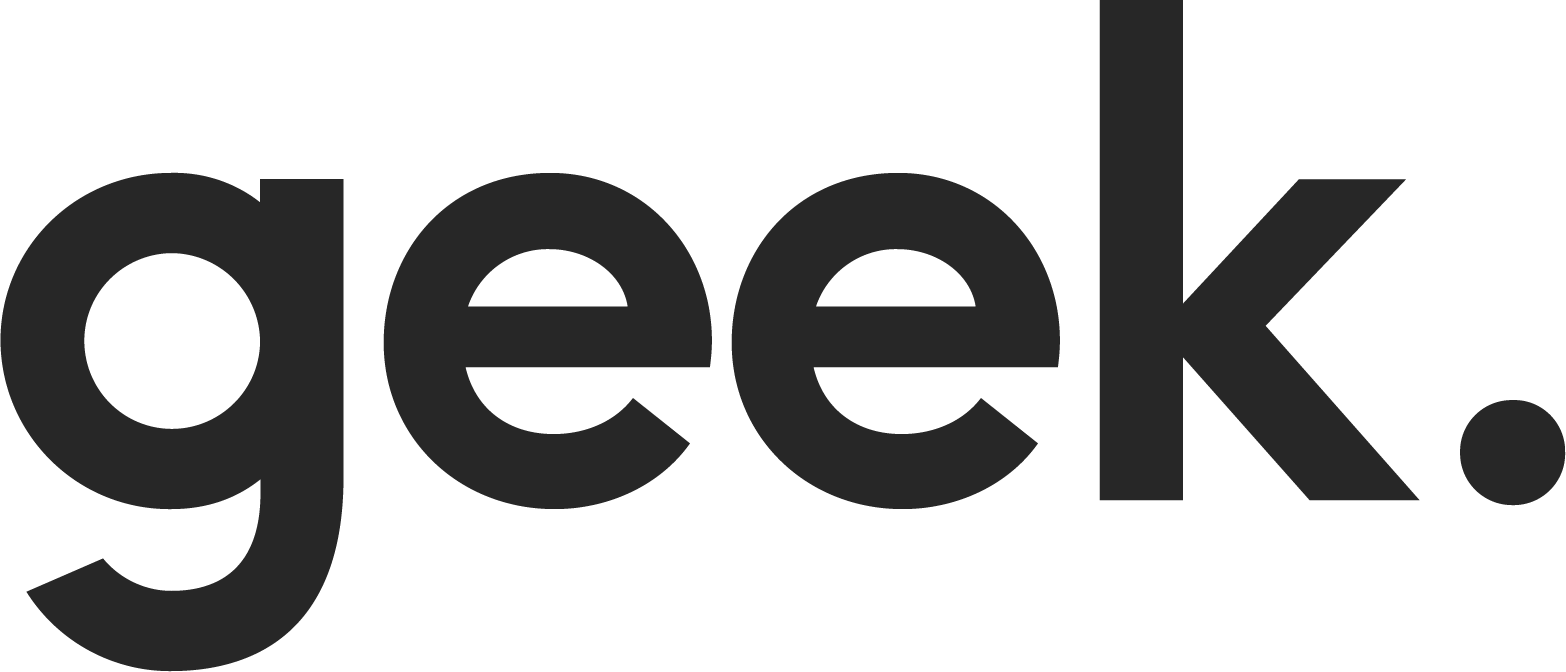Hello, hello, hello, have you seen how good we are currently looking? We’ve done a little something something done to our website. To the untrained eye, it may appear as a rebrand! No rebrand insight, just good old reputation management. It happened naturally, and while our development and design team feared we were sneaking in a whole rebrand, we kept within our brand guidelines while ensuring we were making changes aligned with our business values and target audience.
We hope you have noticed our website changes. Still, let’s go into what we have done and why we have done it because we have spoken about reputation management. Still, it is much easier to use an example, and oh, hello, here we are doing our reputation management, so look no further; Geek will be the example for today. No trade secrets will be discussed, though – sorry!
What is reputation management if it is so different to a rebrand? To quote ourselves from a previous blog:
The Process
The shortcut to understanding Reputation Management is “proactivity managing your brand’s image”, done through multiple avenues and must be consistent with all of them. Determine how you want your clients to view your company and decide which area of your business needs some TLC.
For Geek, there was one glaring element of our website that needed attention, and that was our blog. We always want to be viewed as a company that provides valuable information. Our blog at the time needed to connote that message through its design and regularly share blog content.
The designing process for the blog began with us looking at other blogs that presented themselves as a source of knowledge within the same sector as us. By collating a few blogs that appealed to us, we breakdown the main elements of their design and started considering how they would complement Geek’s brand guidelines. We noticed that the examples we had chosen were leaning into a minimalist design, to which we changed the tone of our colours, still the same colour palette but a toned-down version.
Continuing with our blog section, we determined more blogs needed to be written, which resulted in the marketing team devising an action plan for how we could dedicate more time to the blog as well as what subjects need to be explored more to keep Geek with the focus on being a wealth of marketing knowledge.
Reputation Management isn’t an occurrence that takes place once but should be an element of your marketing elements most of the time. For us, it is choosing to dedicate a portion of our working hours to producing blogs, from designing graphics to writing the content.
Once you begin seeking out areas of your company that would benefit from Reputation Management, it becomes infectious; as we learn through our blog, our designer began altering our webpage as we now needed consistency throughout the whole site. While the blog design not compromising on our brand guidelines, it did make Geek appear less consistent throughout the entire website – and one thing every business needs to be viewed as is consistent.
Let’s summarise what Geek has done for our most Reputation Management endeavour:
Changed the format of our blog
Changed style of graphics
Began publishing blogs regularly
Matched new style from to blog to our webpages
Established a new approach to our homepage – choosing simplicity and ensuring our design is timeless
Rewriting our content, as the tone we decide to write in communicates how we want to be perceived
Furthering our Reputation Management
As mentioned before, managing your company’s reputation is an infectious task, and while we are pleased with what we have done on our website, we are hatching more plans to ensure we are being viewed in our chosen light.
Geek’s plan of attack is to change our approach to social media. We do not dedicate more time to the platforms but rather reconsider what content we put on our social media accounts and realign the people who view us through social media. In the same vein as social media, we want Geek to be seen everywhere, meaning our marketing team will be more present in networking and business events.
What you choose to do for your reputation management is solely down to what you determine are the business needs, it can be as small as posting more consistently on Instagram, or you can go more in-depth and change the company’s whole approach to content.


